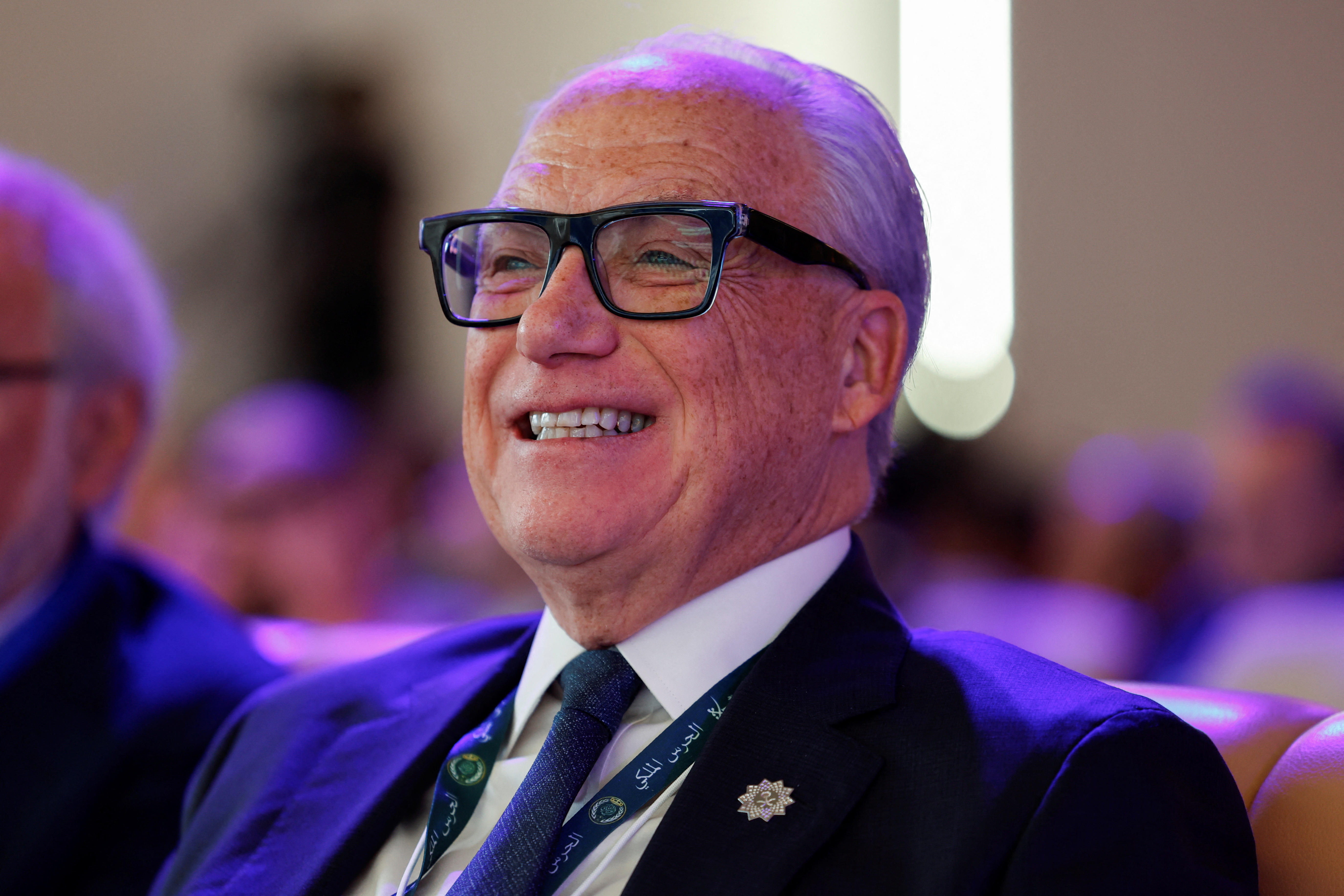
Located on the outskirts of Riyadh, Diriyah is one of the most important heritage sites in Saudi Arabia, home to the At-Turaif district, a UNESCO World Heritage site that once served as the birthplace of the Saudi state. The development of Diriyah, led by the Diriyah Gate Development Authority (DGDA), is one of several massive projects under Vision 2030 aimed at enhancing the country’s cultural and tourism sectors. With these recent agreements, European expertise will play a crucial role in shaping the region’s infrastructure, offering advanced technical knowledge and innovative solutions.
Among the European firms involved in these deals is Bouygues Batiment International, a global construction giant that will take on several key infrastructure projects. Bouygues, known for its work on major international projects, will oversee the construction of luxury hotels, high-end residences, and a network of cultural venues, adding to Diriyah’s allure as a tourist hotspot. This partnership is expected to bring European architectural design and sustainable construction practices to the forefront of the development.
Another notable partnership involves Vinci Construction, a French firm renowned for its large-scale civil engineering projects. Vinci’s role will focus on building state-of-the-art transportation systems, including roads, pedestrian pathways, and public transport facilities, aimed at enhancing the accessibility of Diriyah. These initiatives are designed to cater to the millions of expected visitors while preserving the historical integrity of the area. The incorporation of green technologies and sustainable construction methods is a cornerstone of Vinci’s involvement, aligning with Saudi Arabia’s broader goals for environmental sustainability within its mega-projects.
Diriyah’s $1 billion worth of deals also include collaborations with several European cultural and educational institutions. The agreements are aimed at enriching the cultural landscape of the project by bringing European expertise in museum curation, art exhibitions, and educational programs. This will further solidify Diriyah’s position as a cultural hub, showcasing both Saudi Arabian and global heritage.
These developments are part of a broader push to attract international visitors to the kingdom, in line with the Saudi government’s ambitious goals of receiving 100 million tourists annually by 2030. Tourism plays a central role in the Vision 2030 strategy, and projects like Diriyah are critical to achieving this target. By partnering with renowned European companies, Saudi Arabia is signaling its intent to blend global expertise with its local culture to create a world-class destination.
Diriyah is expected to welcome its first phase of visitors in the coming years, with several luxury hotels and cultural landmarks already under construction. The project is not only an architectural marvel but also a significant source of job creation and economic growth for the kingdom. Thousands of jobs are being generated as the construction progresses, and once complete, the region is anticipated to become a leading employer in the Saudi tourism and hospitality sectors.
The Diriyah project is seen as a symbol of Saudi Arabia’s transformation under Vision 2030, with the kingdom investing billions of dollars into creating new economic opportunities and enhancing its global standing. As part of this transformation, the kingdom has already seen a significant increase in international investments and collaborations, particularly in the tourism, entertainment, and culture sectors. European firms’ involvement in Diriyah is a testament to the global interest in Saudi Arabia’s giga-projects, which aim to reshape the country’s economic and cultural landscape.
While the economic impact of these collaborations is evident, the cultural significance of the Diriyah project cannot be understated. Diriyah holds a unique place in Saudi Arabian history, and its restoration and development are seen as a means of preserving the kingdom’s cultural identity while introducing it to a global audience. By blending cutting-edge European technology and design with Saudi Arabia’s rich heritage, the project serves as a bridge between tradition and modernity.
Topics
Spotlight
